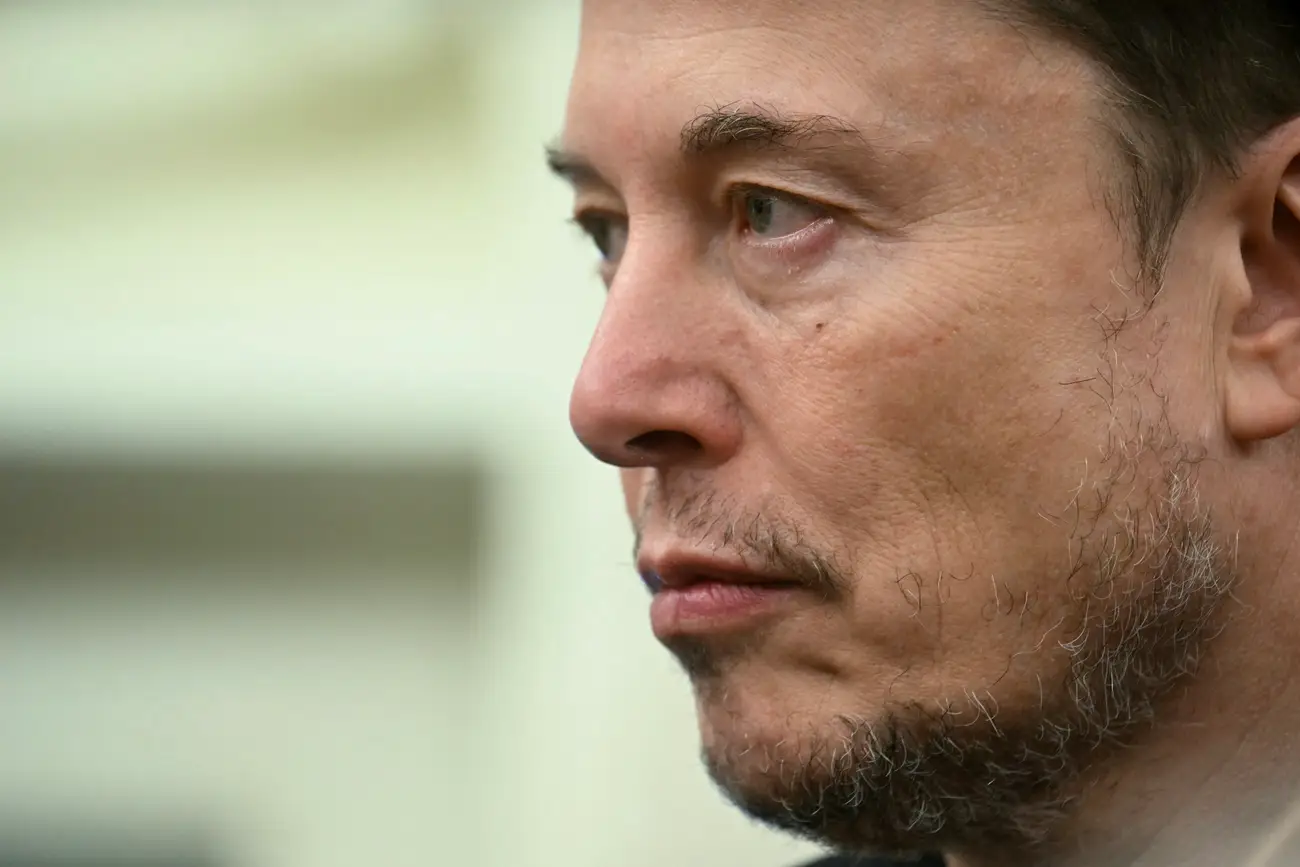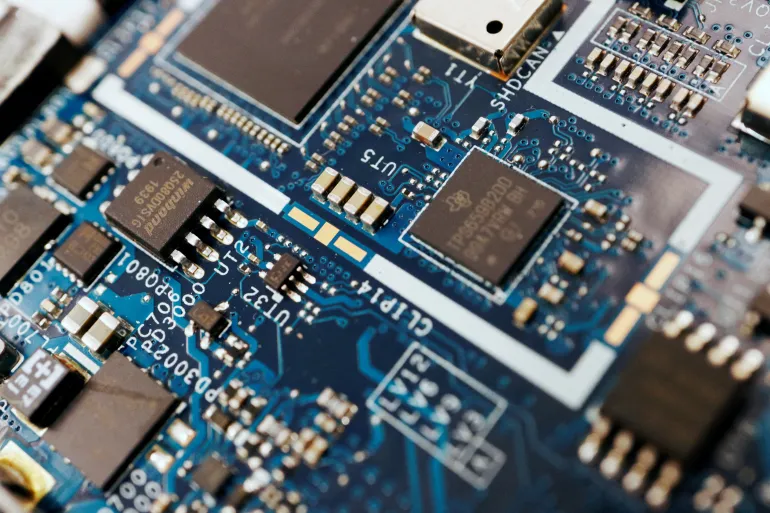While Chinese electric vehicles (EVs) are dominating global markets, they remain almost entirely absent from the United States, Wired reports.
However, a few determined individuals and companies have found legal—but complicated—ways to bring these cars into the country.
John Karlin, a registered nurse from Oklahoma City, was intrigued when he read in 2021 that a small, affordable Chinese EV—the Wuling Hongguang Mini EV—was outselling Tesla’s Model 3 in China. When he learned that the vehicle was unavailable in the US, Karlin decided to find a way to import one himself.
After extensive research into legal requirements, Karlin ordered a Wuling Macaron, a slightly upgraded version of the Mini EV, from a Chinese exporter via Alibaba. The vehicle arrived at a port in Texas, and Karlin made the eight-hour drive to retrieve it. While he was concerned about potential regulatory hurdles at customs, the process went smoothly, and he was able to register and insure the vehicle in Oklahoma.
However, Karlin’s success is an exception rather than the rule. The vast majority of Chinese EVs cannot be legally imported into the US due to stringent safety and emissions regulations, as well as political and economic restrictions.
Despite their popularity worldwide, Chinese EVs face significant barriers to entering the American market. In 2023, 135,000 Chinese-branded vehicles were sold in Mexico—accounting for 10% of total car sales there—but in the US, no major Chinese auto brands have an official presence.
Several factors contribute to this:
Tariffs: The US government has imposed heavy tariffs on Chinese imports, including a 25% tariff on imported cars. Additional trade restrictions have made it even more expensive and difficult to bring Chinese EVs into the country.
Strict Safety and Emissions Laws: A law passed in 1988 prohibits the import of foreign cars unless they pass rigorous US safety and emissions tests, a process that is too costly and complex for individual buyers.
Recent Security Concerns: In January, the Biden administration banned the import of Chinese “connected vehicles” over concerns about data security, further limiting options for potential buyers.
While importing Chinese EVs is challenging, a few legal loopholes allow for temporary or restricted use in the US:
Low-Speed Vehicle Classification
Some states, including Texas and Oklahoma, allow certain small EVs to be registered as low-speed vehicles (LSVs), provided they do not exceed 35 miles per hour.
Karlin took advantage of this by ensuring his Wuling Macaron was speed-limited before importing it.
Temporary Imports for Foreign Visitors
Non-US citizens can bring their foreign vehicles into the US temporarily, as long as they leave the country within 12 months.
Some Chinese auto enthusiasts and business owners have used this method to test-drive vehicles or showcase them at events.
Manufacturer Imports for Research and Display
Automakers and research companies are allowed to import foreign vehicles for testing and display purposes.
Ford CEO Jim Farley famously flew five Chinese EVs to Chicago last year for benchmarking, and BYD has several of its models in the US for internal use.
Even for those who manage to legally import a Chinese EV, the costs can add up quickly. Shipping fees alone can range from $1,000 to $2,500, and additional expenses such as customs clearance, registration, and insurance can push the final price much higher.
Karlin, for example, paid around $13,000 in total for his Wuling Macaron—well above its sub-$8,000 price tag in China.








The latest news in your social feeds
Subscribe to our social media platforms to stay tuned